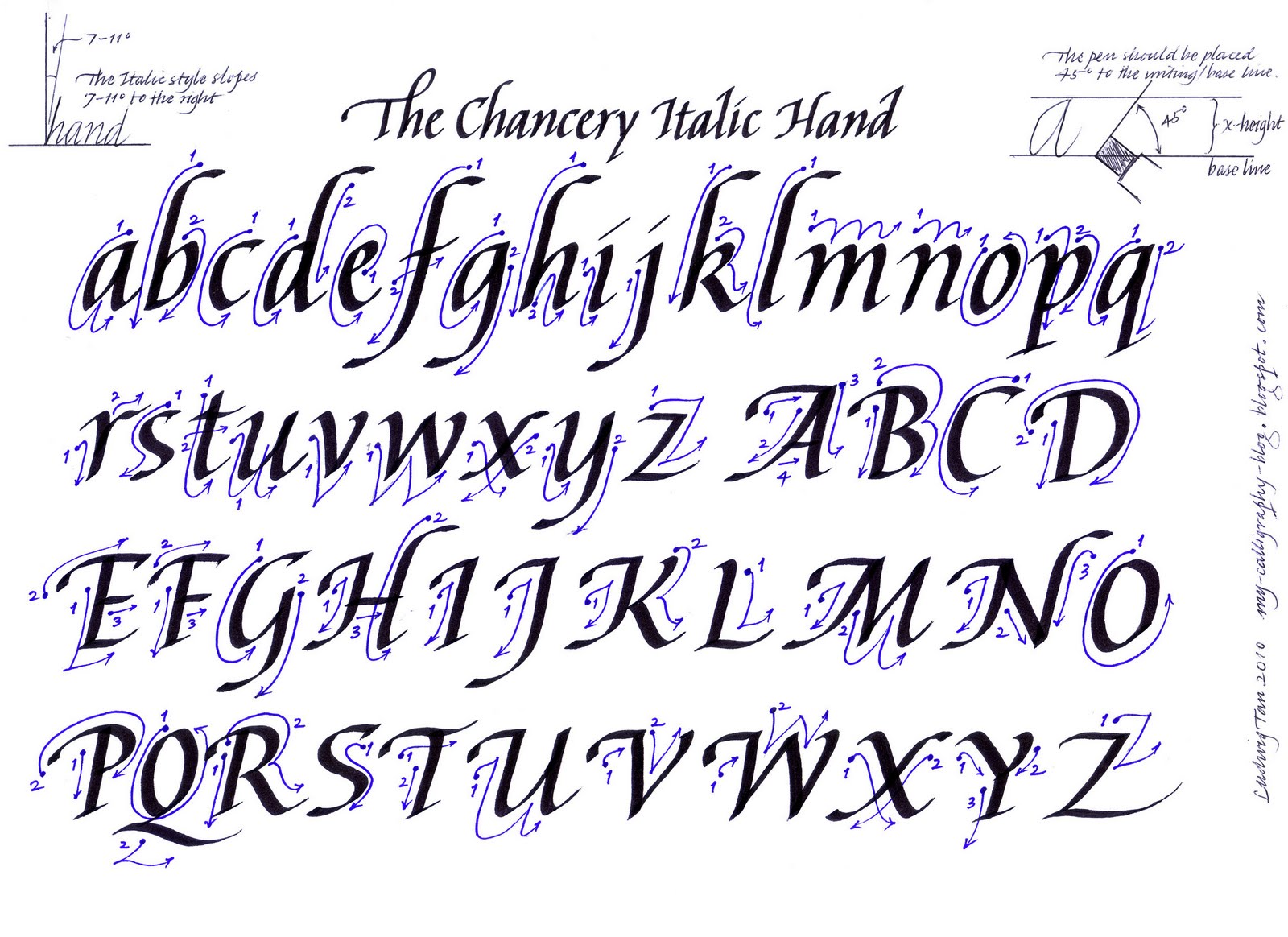Unleash the Beauty of Ancient Script: A Guide to Writing in Old English Font
Have you ever gazed upon a medieval manuscript, captivated by the intricate beauty of its lettering? The elegance of Old English fonts, often evoking a sense of history, tradition, and craftsmanship, holds a unique allure. But did you know that you can infuse this timeless aesthetic into your modern creations?
This comprehensive guide will navigate the fascinating realm of Old English fonts. We'll delve into their origins, uncover their significance, and equip you with the knowledge to integrate this captivating script into your work, whether it's for design projects, personal branding, or simply adding a touch of medieval charm to your writing.
From illuminated manuscripts to gothic architecture, the legacy of Old English fonts is deeply woven into Western culture. These fonts, also known as Blackletter or Gothic script, originated in Europe around the 12th century and enjoyed widespread use until the Renaissance. Their distinctive, angular letterforms, often heavily ornamented, served as the primary typeface for printing presses across Europe, leaving an indelible mark on literature, religious texts, and official documents of the era.
While the transition to Roman typefaces during the Renaissance diminished their everyday use, Old English fonts never truly faded away. Their enduring appeal lies in their ability to evoke a sense of history, tradition, and artistry. Today, they continue to grace designs across various mediums, from tattoos and band logos to book covers and branding materials, demonstrating their timeless versatility.
However, mastering the art of writing in an Old English font requires understanding its nuances. The intricate letterforms, often characterized by their elaborate strokes and flourishes, can be challenging to replicate accurately. Moreover, the availability of numerous variations and interpretations of Old English fonts necessitates careful selection to ensure your chosen font aligns with your desired aesthetic and message.
Advantages and Disadvantages of Using Old English Fonts
| Advantages | Disadvantages |
|---|---|
| Evokes a sense of history, tradition, and elegance | Can be difficult to read, especially in large blocks of text |
| Highly distinctive and visually appealing, adding a touch of sophistication and artistry | Limited font options compared to more modern styles |
| Versatile for various design applications, from logos and tattoos to invitations and posters | May not be suitable for all audiences or design aesthetics |
While the allure of Old English fonts is undeniable, their use requires careful consideration. Their ornate nature, while visually striking, can impact readability, particularly in longer texts. Therefore, striking a balance between aesthetics and legibility is crucial when incorporating these fonts into your work. Experiment with different font sizes, line spacing, and letter spacing to achieve optimal clarity without compromising the desired visual impact.
Unlocking the beauty of Old English fonts is a journey of exploration and creativity. By understanding their historical context, exploring their diverse variations, and embracing their unique characteristics, you can harness the power of these timeless scripts to elevate your designs and captivate your audience. So, embrace the allure of ancient calligraphy, and let your creativity flourish with the timeless elegance of Old English fonts.
Unmasking the mystery whats inside that tequila in a tall white and blue bottle
Building your dream space a guide to interior contracting
Unlocking elegance colors that complement dark green














